In this article, I explain what the piano roll was, how it was used, and how it has developed to become an integral part of any modern music production setup.
What Is A Piano Roll In Music?

A piano roll is a mechanism used in player pianos, which are pianos equipped with a self-playing system.
It's also a term used in music software and MIDI (Musical Instrument Digital Interface) technology.
How Does A Piano Roll Work?
In the context of player pianos, a piano roll is a continuous roll of paper or similar material with perforations (holes) punched into it. Each hole corresponds to a specific note or musical event.
Player pianos use these rolls to reproduce music. When the roll is fed into the piano, a mechanism reads the perforations, causing the piano's keys to depress and play the corresponding notes. This allows the piano to "play itself" without a pianist.
Why Is It Called A Piano Roll?
The term "piano roll" is derived from the original use of the technology in player pianos, which were popular during the late 19th and early 20th centuries.
The name "piano roll" is a direct reference to the physical roll of paper or similar material with perforations (holes) punched into it.
In a player piano, this roll was placed into the piano, and as the roll passed over a reading mechanism, the perforations would trigger the piano's keys to depress, producing the corresponding musical notes.
How Long Is A Piano Roll?

It depends on the specific piece of music that has been encoded on the roll and the tempo at which the music is played.
In traditional player pianos, a standard piano roll could be several feet in length, with the roll gradually unrolling as it played.
The length of the roll would correspond to the duration of the music recorded on it. Longer and more complex musical compositions would require longer rolls.
How Many Notes Are In A Piano Roll?
In a traditional player piano roll, the number of notes can be quite substantial, potentially ranging from a few hundred to several thousand individual notes.
This would depend on factors such as the duration of the music, the tempo, and the density of notes within the composition.
Modern Piano Roll in Music
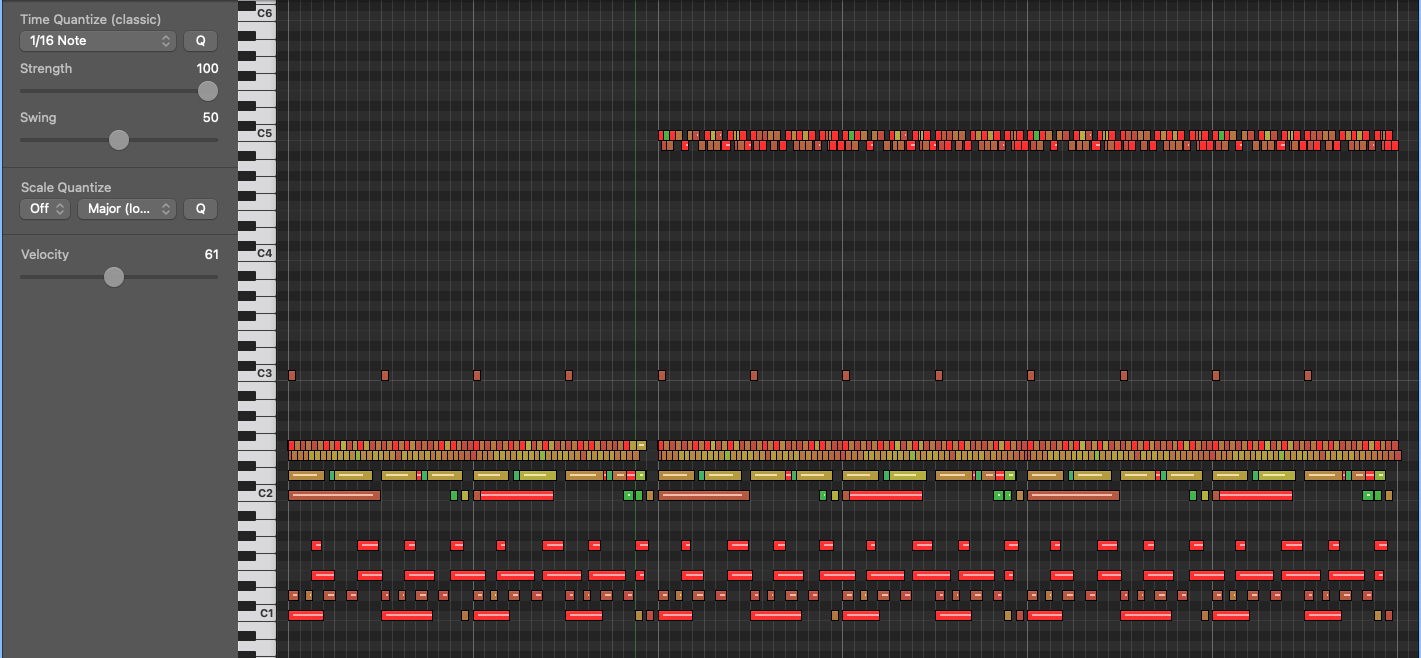
With the advent of MIDI (Musical Instrument Digital Interface) technology and digital audio workstations (DAWs), the term was adapted to refer to the graphical representation of music on a computer screen, where composers and musicians could manipulate and edit notes digitally.
This is one of the ways in which we as composers use our DAWs to manipulate MIDI data and write music using the piano roll.
What Are The Advantages Of The Piano Roll?
In modern music production, the piano roll is a graphical representation of a musical piece's notes and timing that music producers use to create, edit, and visualize MIDI data for various instruments, not just pianos.
In a piano roll editor, notes are represented as rectangular blocks or bars on a grid. The horizontal axis typically represents time, while the vertical axis corresponds to pitch.
By adjusting the position, length, and attributes of these note blocks, musicians and composers can compose and edit music digitally.
Using the modern piano roll has many advantages:
- change a notes pitch/duration/perceived volume
- Easily correct mistakes
- Alter melody/harmony
- Easily change the structure of a piece of music
- Write music quickly and efficiently
The piano roll has been one of the most pivotal things in my ability to make music my career and knowing how to write music using the piano roll is an absolute must if you want to write music for a living.
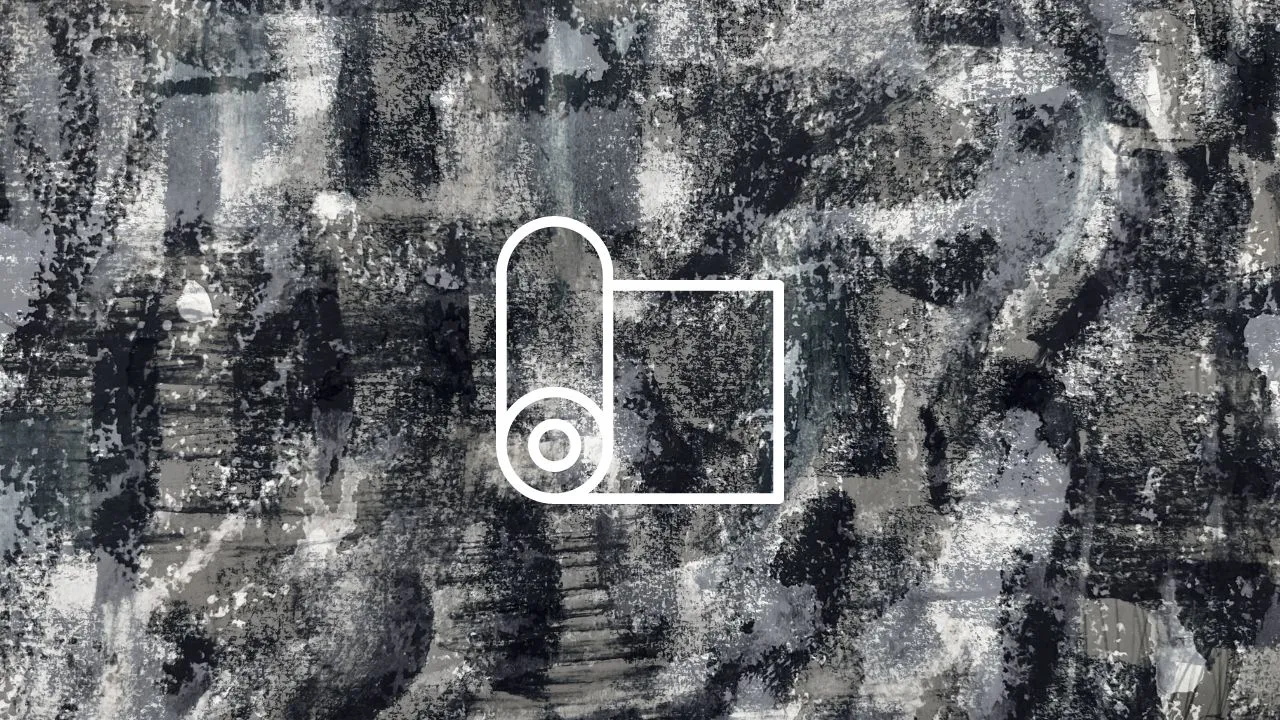


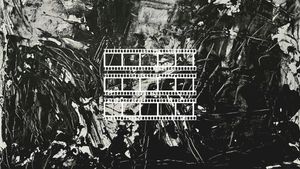
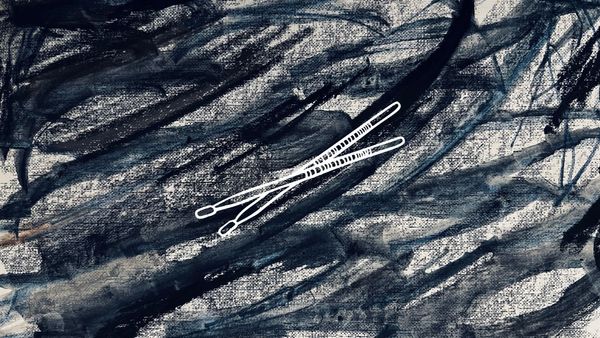
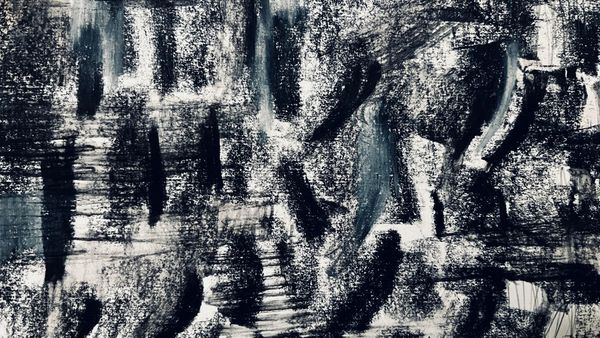
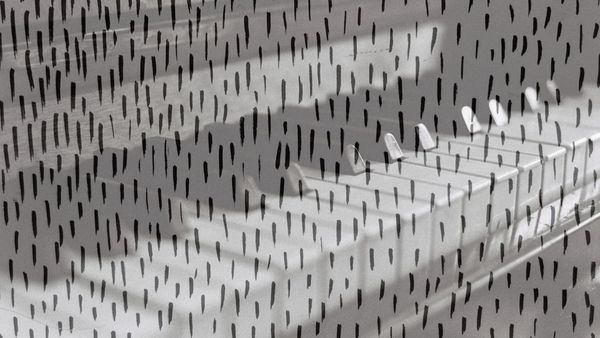
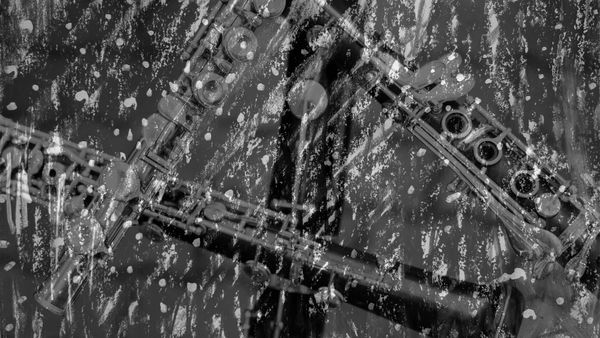
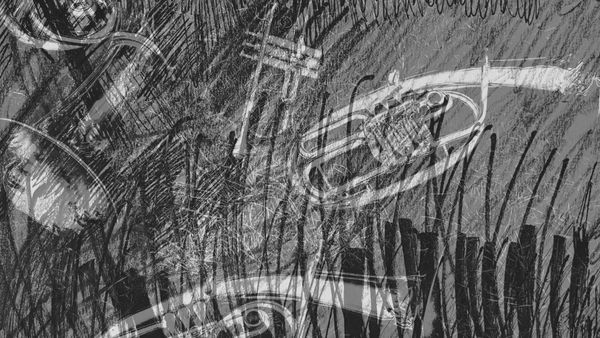
Member discussion